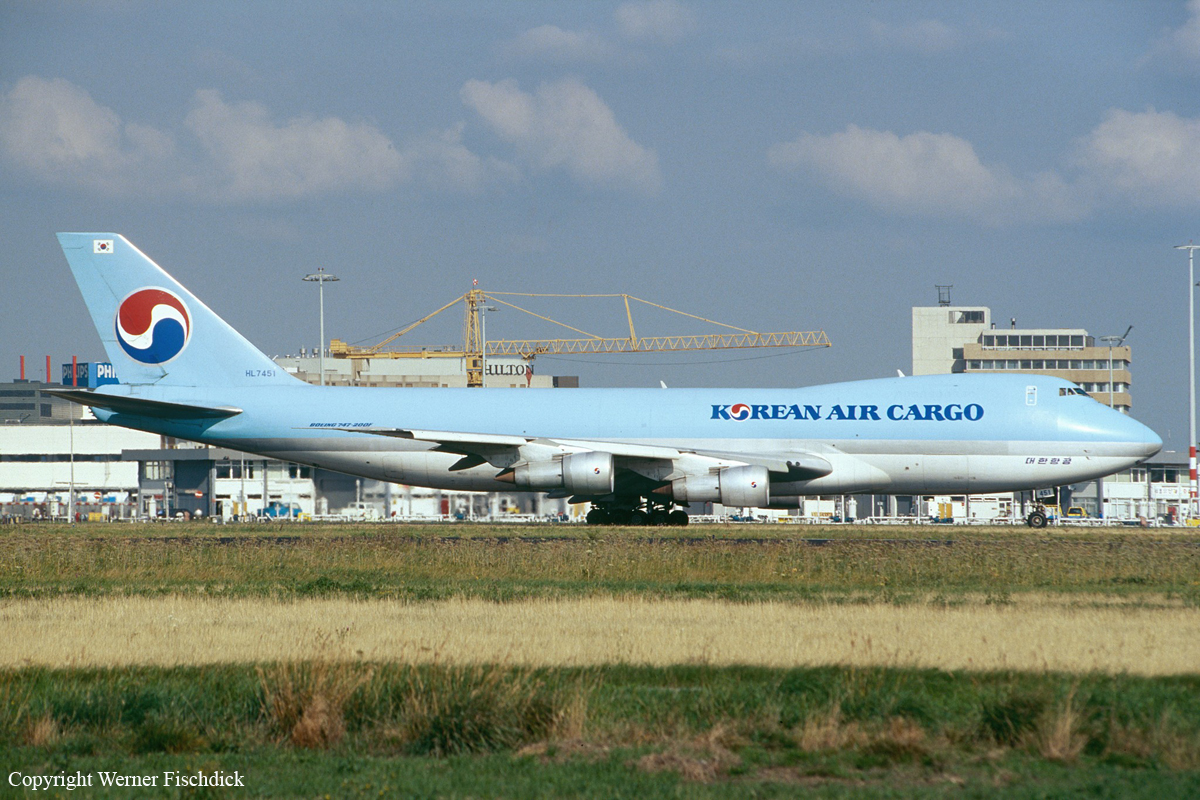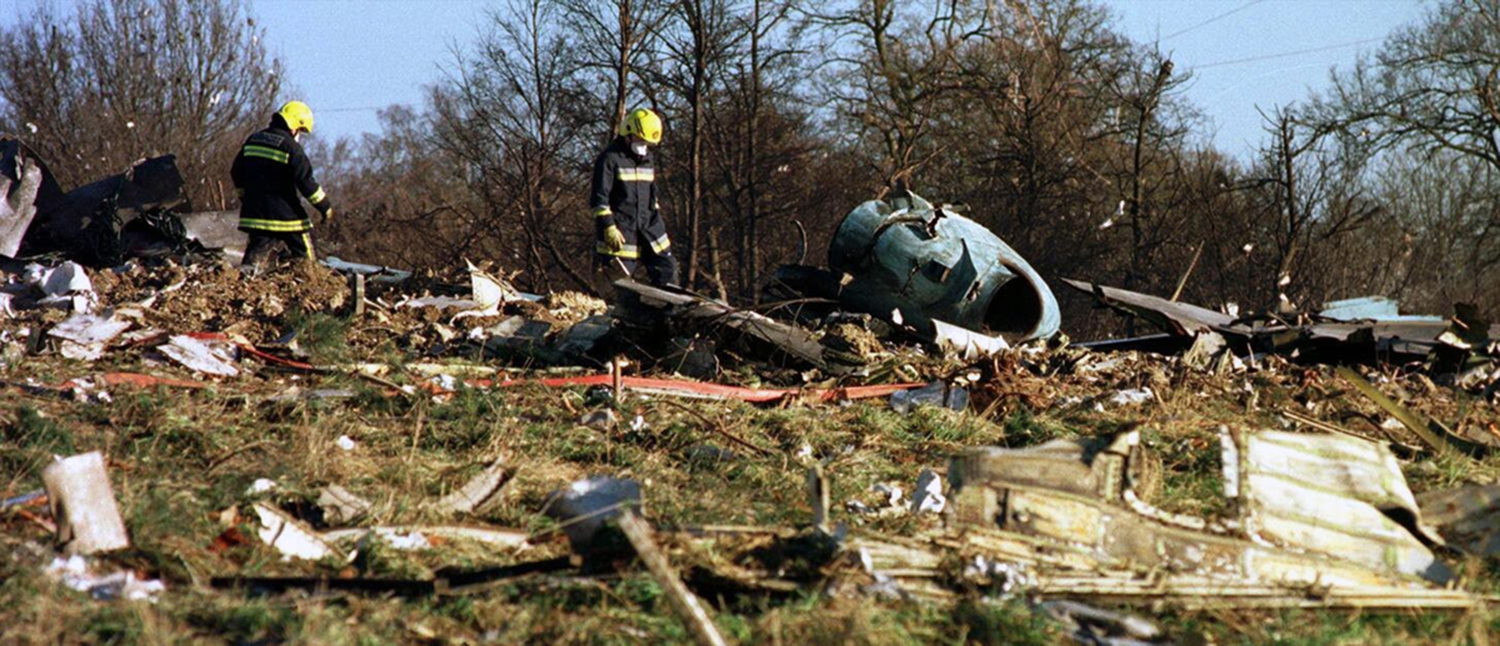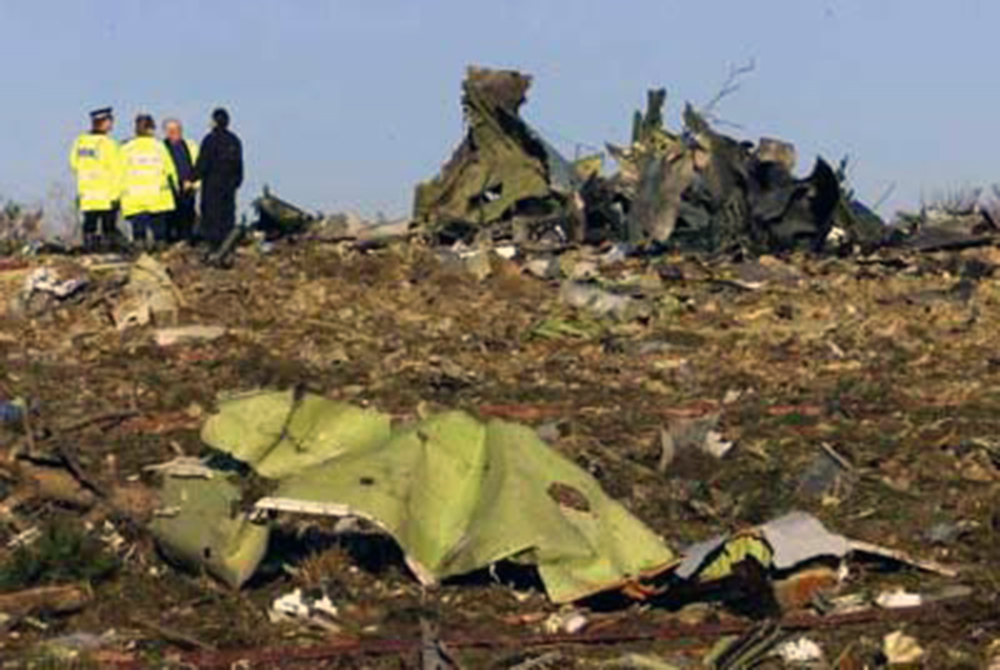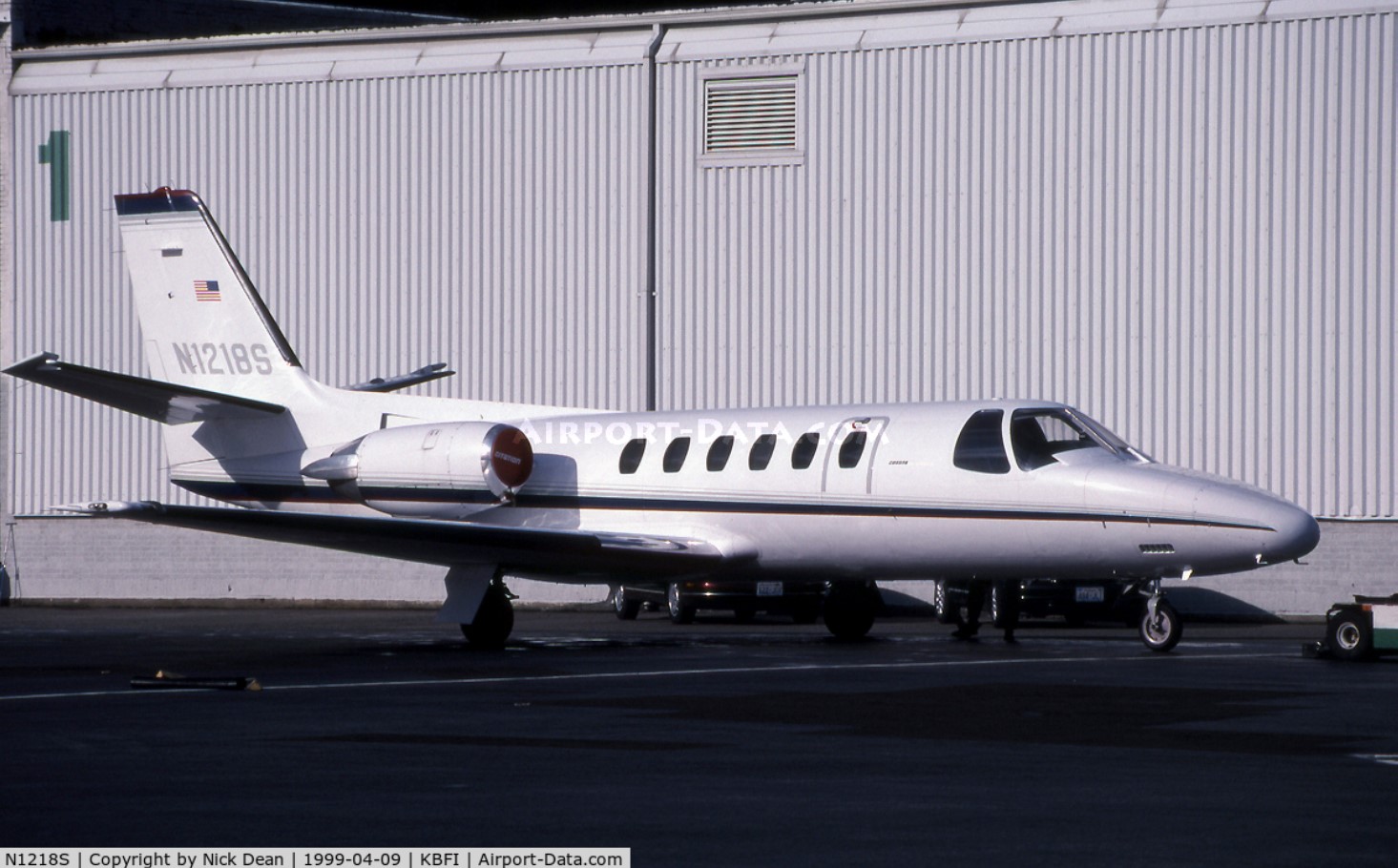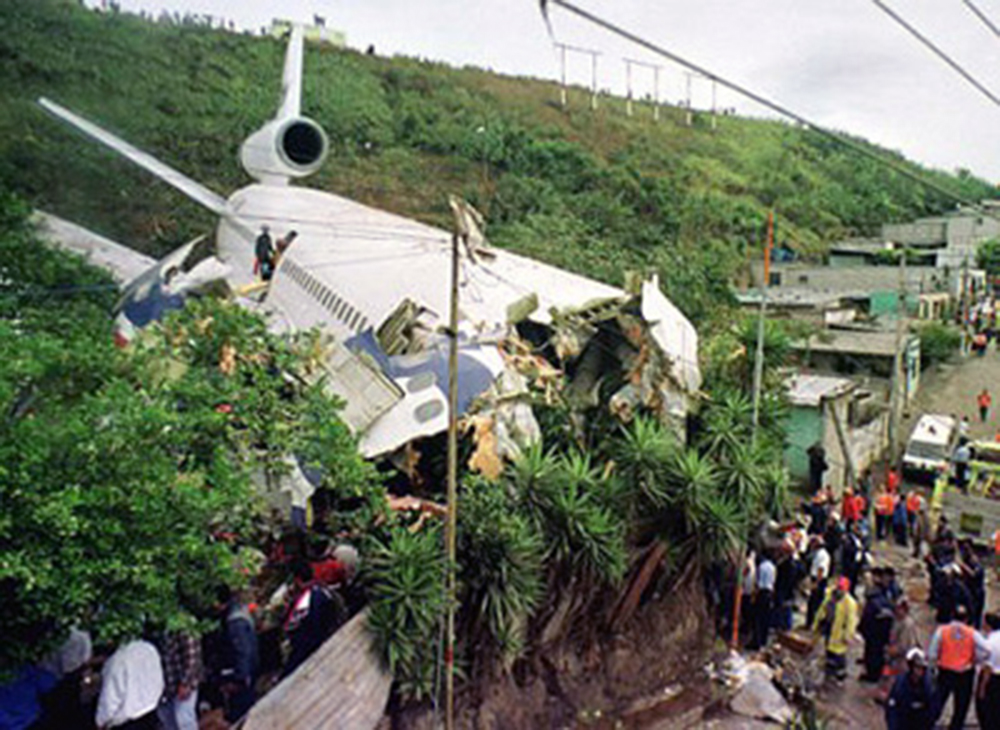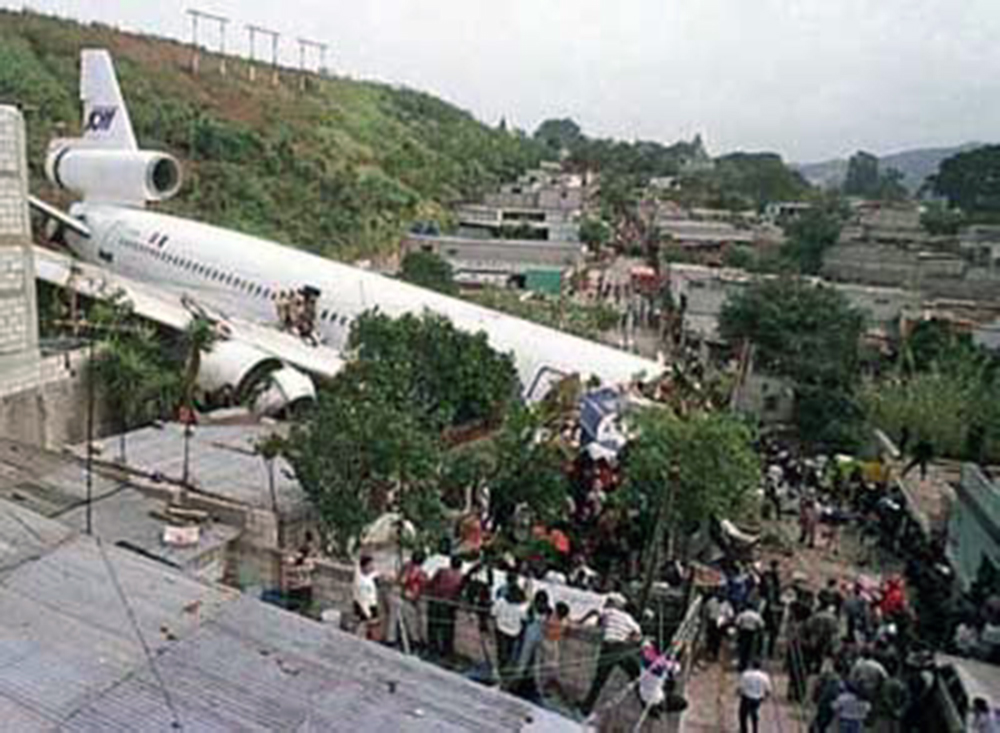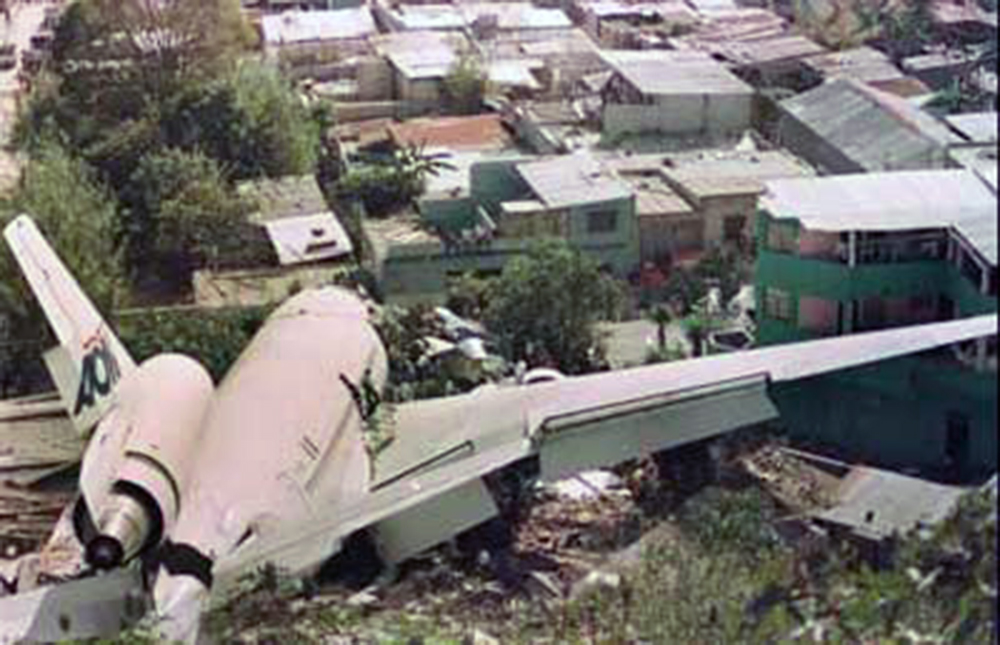Crash of a Cessna T207A Skywagon in Bethel
Date & Time:
Dec 24, 1999 at 1045 LT
Registration:
N1864
Survivors:
Yes
Schedule:
Bethel – Chefornak
MSN:
207-0526
YOM:
1979
Crew on board:
1
Crew fatalities:
Pax on board:
5
Pax fatalities:
Other fatalities:
Total fatalities:
0
Captain / Total hours on type:
1080.00
Aircraft flight hours:
9809
Circumstances:
The certificated commercial pilot, with five passengers aboard, was departing runway 18 on a scheduled commuter flight. The pilot stated that the flight's original departure time was delayed for two hours due to ice fog, and low visibility. He said that just after takeoff, the engine surged followed by a loss of power. The airplane collided with snow-covered terrain during an off-airport emergency landing, and sustained substantial damage to the propeller, fuselage, and wings. Following retrieval of the airplane, an FAA airworthiness inspector examined the airplane, and found no mechanical anomalies. While still attached to the airplane, the engine was started and run at idle. The engine later produced full power on an engine test stand. A pilot-rated Alaska State Trooper, with extensive experience in the accident airplane make and model, examined the airplane soon after the accident. He said the wings, horizontal stabilizer, and elevators had an accumulation of frost.
Probable cause:
The pilot's failure to remove frost from the airplane prior to flight, and an inadvertent stall/mush.
Final Report:



